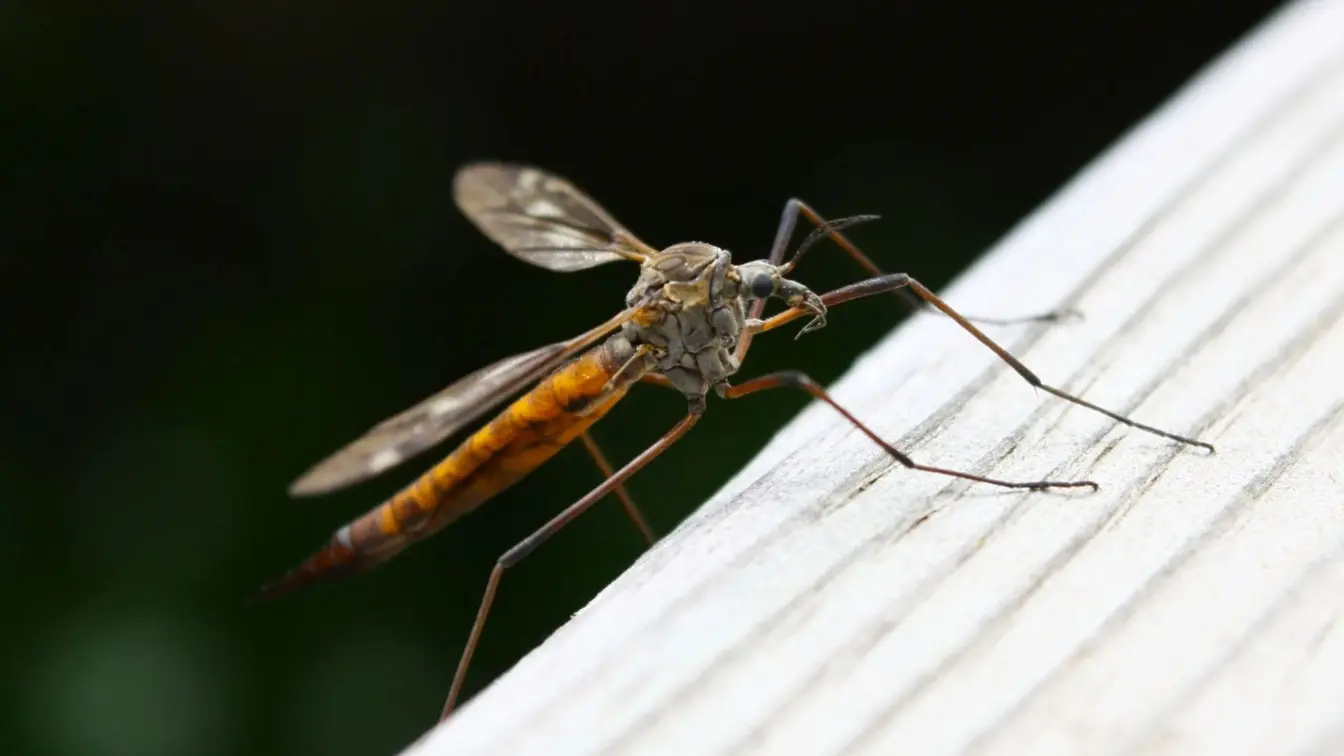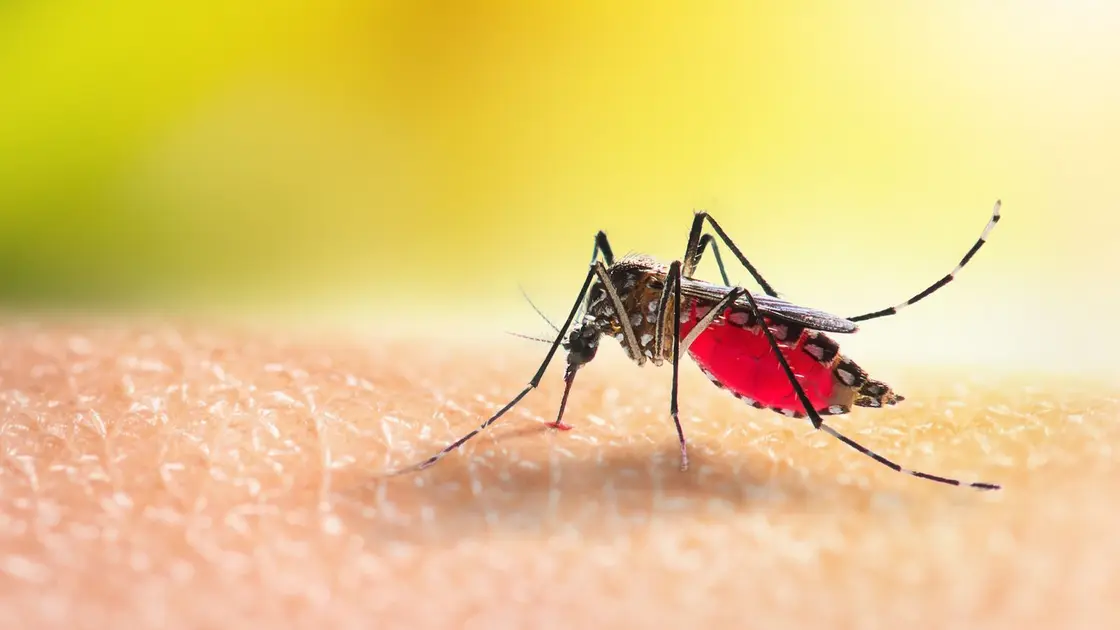T4K3.news
Europe Faces Rising Mosquito Virus Risk at Popular Holiday Spots
Experts warn travellers to take precautions as reports of chikungunya, dengue, West Nile and malaria rise in Europe.

Experts warn travellers to take precautions as reports of chikungunya, dengue, West Nile and malaria rise in Europe.
Europe Faces Rising Mosquito Virus Risk at Popular Holiday Spots
Nine European holiday hotspots are identified as higher risk for mosquito-borne viruses this year. European health authorities say travellers returning from these destinations may bring infections such as chikungunya, dengue fever, West Nile virus and malaria back to their home countries. Local transmission could increase in warmer months as mosquitoes thrive in new areas, especially the Asian tiger mosquito that can carry several pathogens.
Public health agencies emphasise practical steps to reduce risk: use insect repellent, wear long sleeves at peak biting times, and eliminate standing water around accommodation. Most cases among travellers are acquired abroad, but health officials warn that a rise in locally transmitted infections is possible if conditions align and surveillance remains vigilant.
Key Takeaways
"There is a small risk of airport associated infections whereby infected mosquitoes arrive in the UK on board airplanes and then escape."
Expert note on how travel can introduce vectors into new areas.
"Chikungunya is a nasty disease"
Describing the severity of the illness
"The spread of any infection into a previously unexposed population is always a matter for concern."
Public health expert warning about potential spread
The spread of mosquito-borne viruses through travel highlights a broader pattern of evolving health risks linked to climate and mobility. Headlines may sensationalise the danger, but the real task for readers is to apply simple prevention measures and stay informed about country-specific risks. This is not about scaremongering; it is about responsible travel planning in a warming Europe. For officials, the challenge is balancing timely warnings with calm guidance to avoid unnecessary panic while preserving trust in public health messaging.
Highlights
- Most cases are imported, local risk rises with warm weather.
- Travel health starts at home with simple bite prevention.
- Calm, clear guidance beats panic in health scares.
- Protect yourself not just your itinerary.
Public health sensitivity risk
The article touches on ongoing disease surveillance and travel-related health threats that could influence public behavior and policy. It is important to present clear, non-alarmist guidance to prevent misinformation and avoid stigmatizing travel.
Staying informed matters as climate and travel patterns evolve.
Enjoyed this? Let your friends know!
Related News

Tropical illnesses threaten travelers abroad

Travel warnings issued for parts of Europe

Frankenstein growths spark outbreak fears in Colorado rabbits

Families overlook key health precautions for summer travel

Urgent hepatitis A vaccination advice for Czechia travelers

Vaccination checks urged before travel

Tourism surge causes chaos in Europe's hotspots

Chikungunya travel advisory
